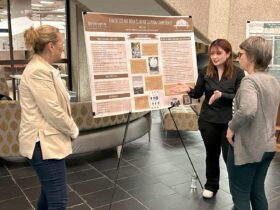The Libraries recognize Asian Pacific American Heritage Month in May through this list of reads recommended by Asian & Asian American Studies Librarian Julie Wang. The month celebrates the accomplishments of Asian American and Pacific Islander communities, including those with heritage from the Asian continent and the islands of the Pacific. Works in the Libraries’ collections address this year’s theme, “Advancing Leaders Through Opportunity.” These titles explore grassroots activism in the Asian American community, the identities of underrepresented AAPI immigrant groups, and the origins of harmful stereotypes like the model minority myth. We encourage you to read works by and about Asian American experiences during May and throughout the year!
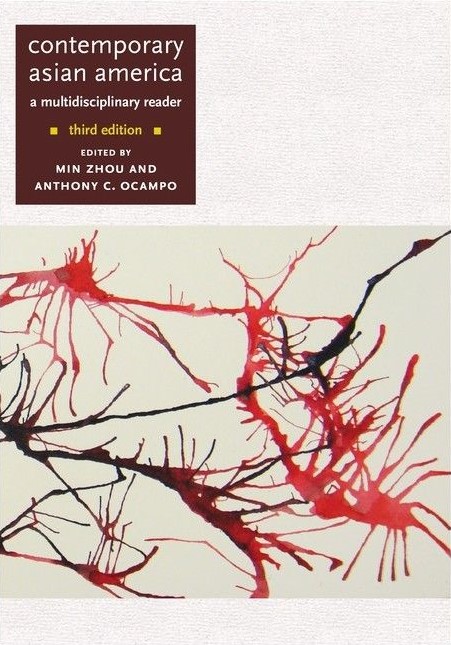
Contemporary Asian America by Min Zhou and Anthony Christian Ocampo
Who are Asian Americans? Moving beyond popular stereotypes of the “model minority” or “forever foreigner,” most Americans know surprisingly little of the nation’s fastest growing minority population. Since the 1960s, when different Asian immigrant groups came together under the “Asian American” umbrella, they have tirelessly carved out their presence in the labor market, education, politics, and pop culture. Many times, they have done so in the face of racism, discrimination, sexism, homophobia, and socioeconomic disadvantage. Today, contemporary Asian America has emerged as an incredibly diverse population, with each segment of the community facing its unique challenges. When Contemporary Asian America was first published in 2000, it exposed its readers to the formation and development of Asian American studies as an academic field of study, from its inception as part of the ethnic consciousness movement of the 1960s to the systematic inquiry into more contemporary theoretical and practical issues facing Asian America at the century’s end. This updated third edition discusses the impact of September 11 on Asian American identity and citizenship; the continued influence of globalization on past and present waves of immigration; and the intersection of race, gender, sexuality, and class on the experiences of Asian immigrants and their children.
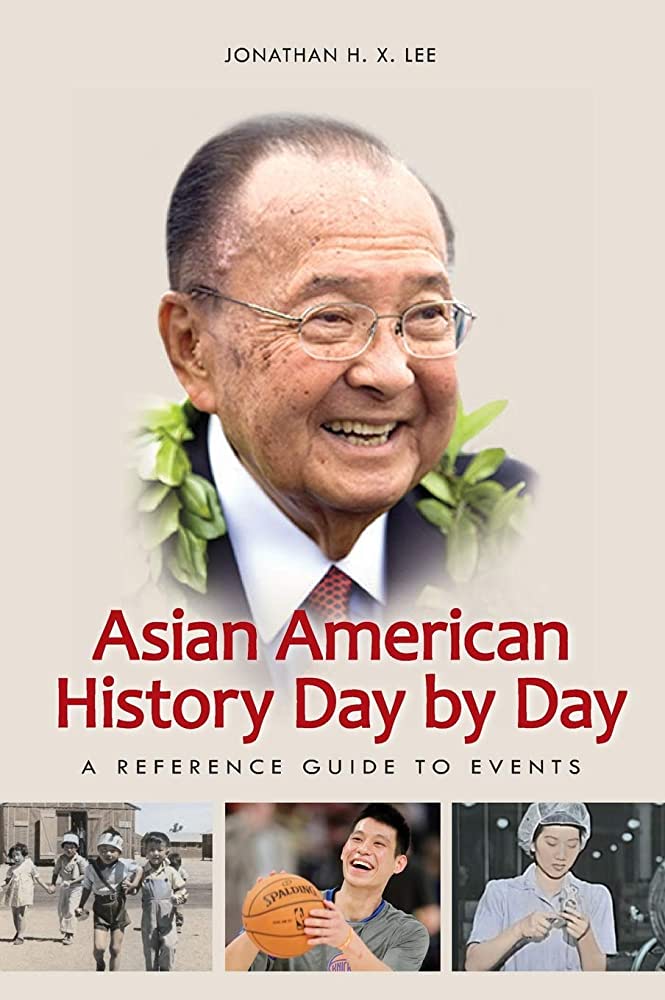
Asian American History Day by Day: A Reference Guide to Events by Jonathan H. X. Lee
Asian American History Day by Day: A Reference Guide to Events provides a uniquely interesting way to learn about events in Asian American history that span several hundred years (and the contributions of Asian Americans to U.S. culture in that time). The book is organized in the form of a calendar, with each day of the year corresponding with an entry about an important event, person, or innovation that span several hundred years of Asian American history and references to books and websites that can provide more information about that event. Readers will also have access to primary source document excerpts that accompany the daily entries and serve as additional resources that help bring history to life. With this guide in hand, teachers will be able to more easily incorporate Asian American history into their classes, and students will find the book an easy-to-use guide to the Asian American past and an ideal ‘jumping-off point’ for more targeted research.
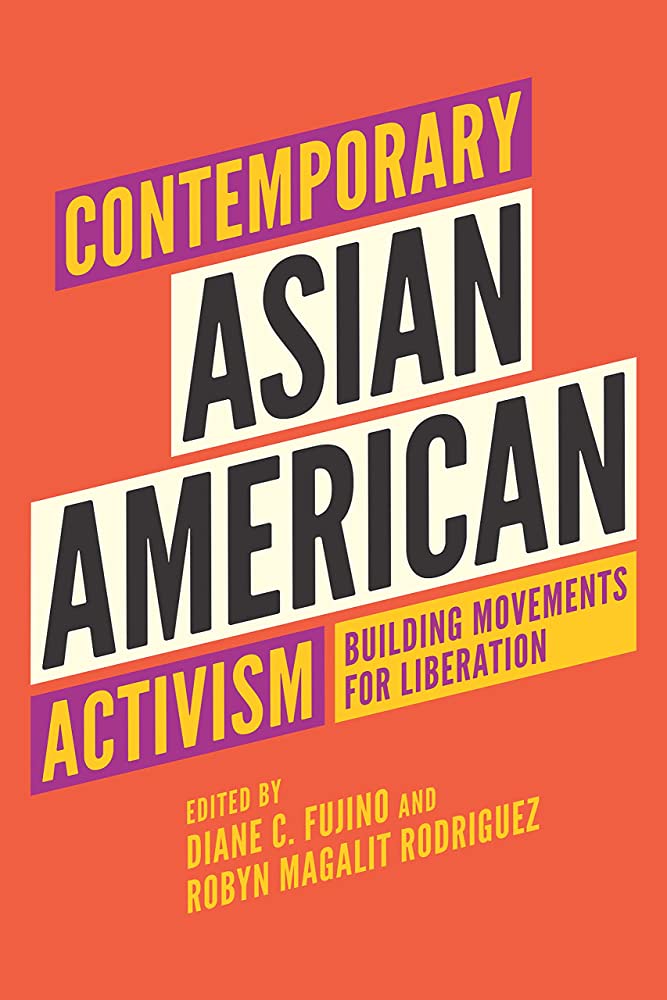
Contemporary Asian American Activism: Building Movements for Liberation edited by Diane Carol Fujino and Robyn Magalit Rodriguez
In the struggles for prison abolition, global anti-imperialism, immigrant rights, affordable housing, environmental justice, fair labor, and more, twenty-first-century Asian American activists are speaking out and standing up to systems of oppression. Creating emancipatory futures requires collective action and reciprocal relationships that are nurtured over time and forged through cross-racial solidarity and intergenerational connections, leading to a range of on-the-ground experiences. Bringing together grassroots organizers and scholar-activists, Contemporary Asian American Activism presents lived experiences of the fight for transformative justice and offers lessons to ensure the longevity and sustainability of organizing. In the face of imperialism, white supremacy, racial capitalism, heteropatriarchy, ableism, and more, the contributors celebrate victories and assess failures, reflect on the trials of activist life, critically examine long-term movement building, and inspire continued mobilization for coming generations
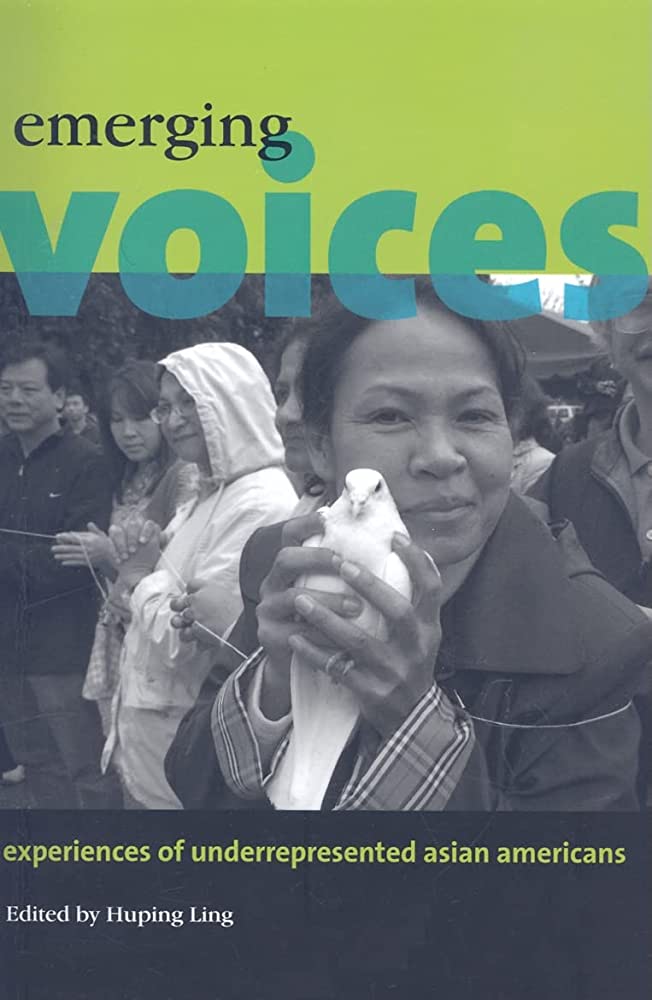
Emerging Voices Experiences of Underrepresented Asian Americans by Huping Ling
While a growing number of popular and scholarly works focus on Asian Americans, most are devoted to the experiences of larger groups such as Chinese, Japanese, Korean, Filipino, and Indian Americans. As the field grows, there is a pressing need to understand the smaller and more recent immigrant communities. Emerging Voices fills this gap with its unique and compelling discussion of underrepresented groups, including Burmese, Indonesian, Mong, Hmong, Nepalese, Romani, Tibetan, and Thai Americans. Unlike the earlier and larger groups of Asian immigrants to America, many of whom made the choice to emigrate to seek better economic opportunities, many of the groups discussed in this volume fled war or political persecution in their homeland. Forced to make drastic transitions in America with little physical or psychological preparation, questions of “why am I here,” “who am I,” and “why am I discriminated against,” remain at the heart of their post-emigration experiences. Bringing together eminent scholars from a variety of disciplines, this collection considers a wide range of themes, including assimilation and adaptation, immigration patterns, community, education, ethnicity, economics, family, gender, marriage, religion, sexuality, and work.

Refusing Death: Immigrant Women and the Fight for Environmental Justice in LA by Nadia Y. Kim
The industrial-port belt of Los Angeles is home to eleven of the top twenty oil refineries in California, the largest ports in the country, and those “racist monuments” we call freeways. In this uncelebrated corner of “La La Land” through which most of America’s goods transit, pollution is literally killing the residents. In response, a grassroots movement for environmental justice has grown, predominated by Asian and undocumented Latin@ immigrant women who are transforming our political landscape—yet we know very little about these change makers. In Refusing Death, Nadia Y. Kim tells their stories, finding that the women are influential because of their ability to remap politics, community, and citizenship in the face of the country’s nativist racism and system of class injustice, defined not just by disproportionate environmental pollution but also by neglected schools, surveillance and deportation, and political marginalization. The women are highly conscious of how these harms are an assault on their bodies and emotions, and of their resulting reliance on a state they prefer to avoid and ignore. In spite of such challenges and contradictions, however, they have developed creative, unconventional, and loving ways to support and protect one another.
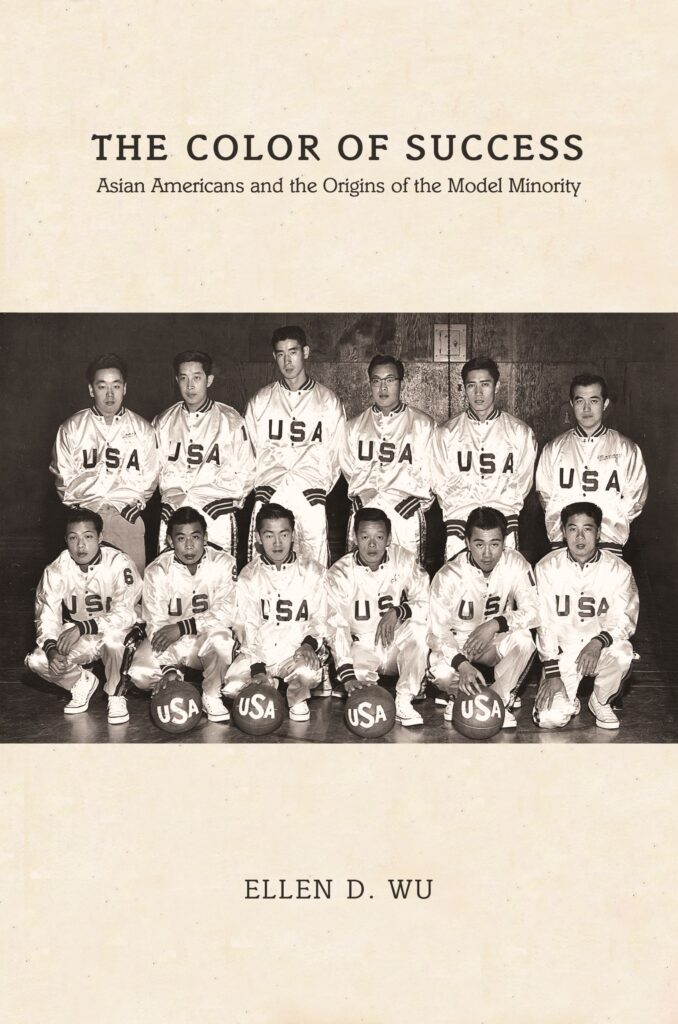
The Color of Success: Asian Americans and the Origins of the Model Minority by Ellen D. Wu
The Color of Success tells of the astonishing transformation of Asians in the United States from the “yellow peril” to “model minorities”–peoples distinct from the white majority but lauded as well-assimilated, upwardly mobile, and exemplars of traditional family values–in the middle decades of the twentieth century. As Ellen Wu shows, liberals argued for the acceptance of these immigrant communities into the national fold, charging that the failure of America to live in accordance with its democratic ideals endangered the country’s aspirations to world leadership. Weaving together myriad perspectives, Wu provides an unprecedented view of racial reform and the contradictions of national belonging in the civil rights era. She highlights the contests for power and authority within Japanese and Chinese America alongside the designs of those external to these populations, including government officials, social scientists, journalists, and others. And she demonstrates that the invention of the model minority took place in multiple arenas, such as battles over zoot suiters leaving wartime internment camps, the juvenile delinquency panic of the 1950’s, Hawaii statehood, and the African American freedom movement. Together, these illuminate the impact of foreign relations on the domestic racial order and how the nation accepted Asians as legitimate citizens while continuing to perceive them as indelible outsiders.
Summaries of books are quoted from publisher information.




